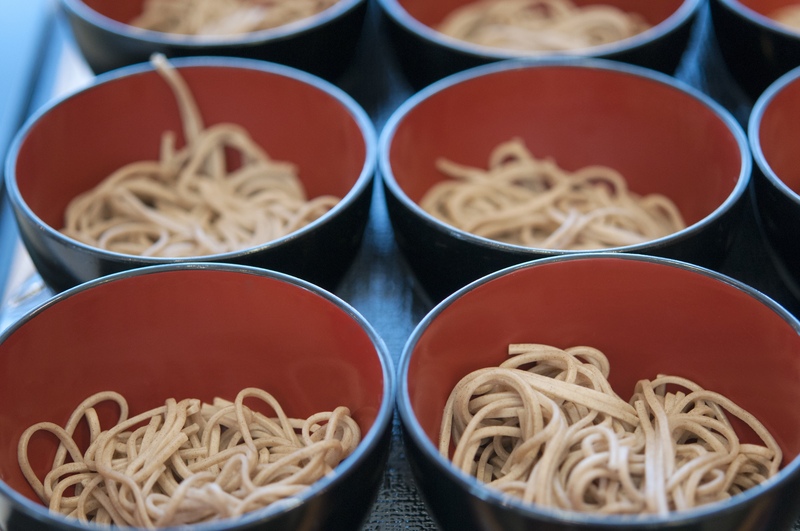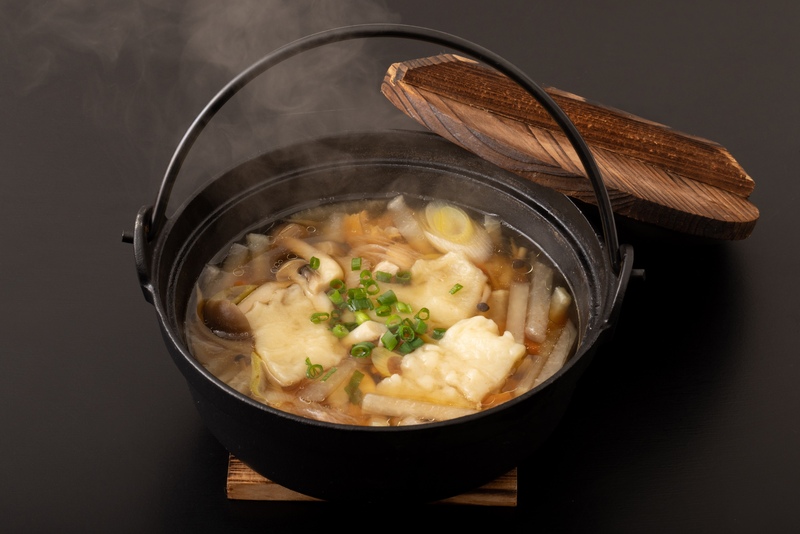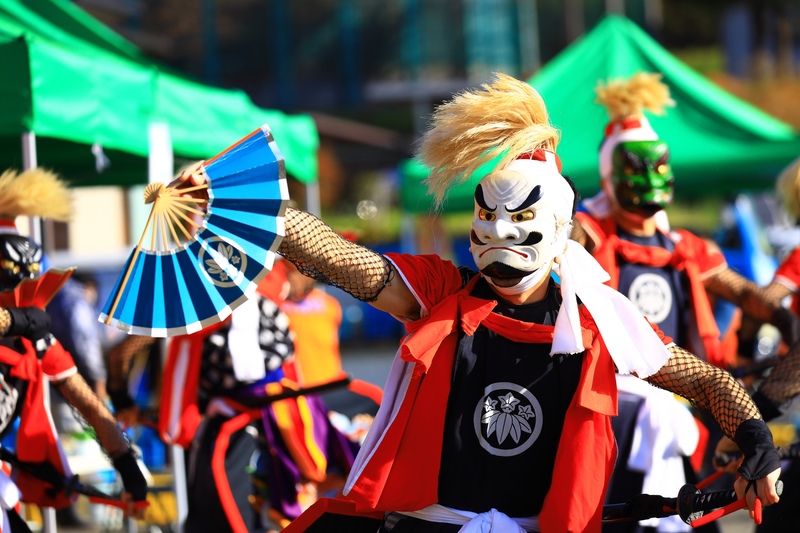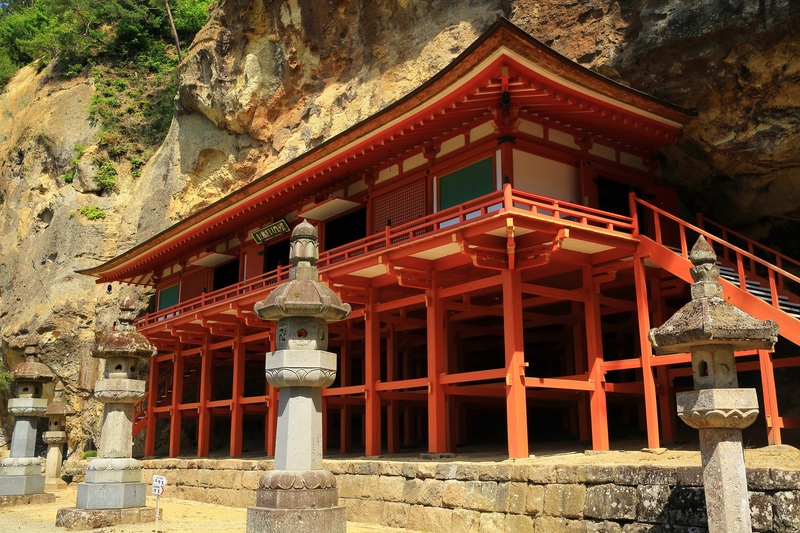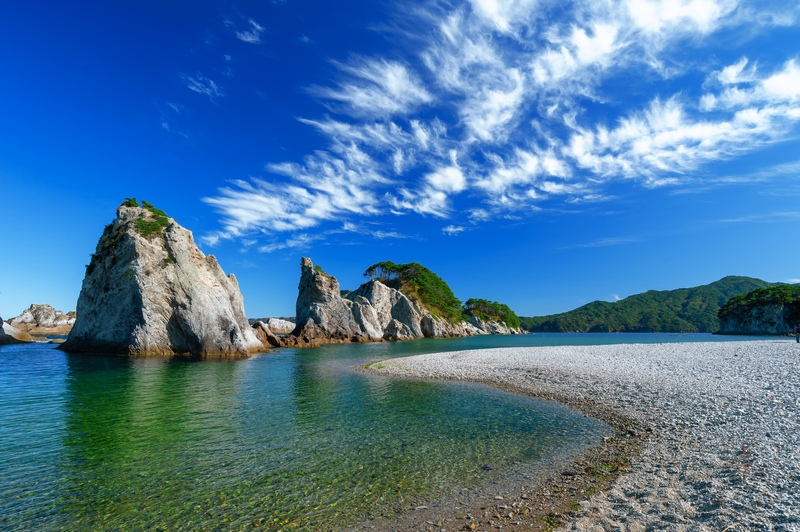What is "Mt. Iwate," the Famous Peak of Northern Japan?
Mt. Iwate, often considered a symbol of the Tohoku region, is a stunning volcano standing at 2,038 meters above sea level.
Its majestic appearance has earned it the nickname "Nanbu Fuji," attracting numerous hikers and tourists.
Mt. Iwate is also selected as one of Japan's 100 Famous Mountains, known for its natural beauty throughout the seasons.
This time, we will introduce the charm of Mt. Iwate, hiking information, access methods, nearby tourist spots, and useful information for travelers.

Access to Mt. Iwate and Basic Information
Access Methods
Mt. Iwate is located between Morioka City and Hachimantai City in Iwate Prefecture.
- From Morioka Station: About 40 minutes by car to the trailheads "Umagaeshi" or "Amihari Onsen."
- Using the Tohoku Expressway: About 30 minutes from Morioka IC or Nishine IC to the trailhead.
Hiking Routes and Difficulty
There are several hiking routes on Mt. Iwate, but the following two are the most representative.
- Umagaeshi Course: Suitable for beginners to intermediate hikers, with a round trip taking about 6 to 7 hours.
- Yakihashiri Route: A more challenging course for intermediate hikers, with many rocky areas.
All courses have significant elevation differences, requiring adequate equipment and stamina.

Sights of Mt. Iwate and Natural Attractions
Beauty in Every Season
Mt. Iwate transforms with the seasons, offering different charms with each visit.
- Spring: The fresh green emerging with the thaw is beautiful.
- Summer: Alpine plants bloom in profusion, adding color for hikers.
- Autumn: The mountain turns red and yellow during the foliage season, making it a sight to behold.
- Winter: The snow-covered landscape is magnificent, popular for skiing and snowshoeing enthusiasts.
Mt. Iwate as a Volcano
Mt. Iwate is an active volcano, and its surroundings are marked by topography formed by lava flows from eruptions.
This creates a unique landscape, allowing visitors to feel the power of the volcano.
While hiking, you can observe the scenery around the crater and traces of past volcanic activity.

Tourist Spots Around Mt. Iwate
Amihari Onsen
Amihari Onsen, located at the foot of Mt. Iwate, is perfect for relaxing after a hike.
Enjoy the natural surroundings from the open-air baths with natural hot spring water.
Koiwai Farm
Spread across the southern base of Mt. Iwate, Koiwai Farm is a well-known tourist destination.
Enjoy the beautiful pastures and grazing sheep, and savor fresh dairy products at the on-site restaurants and cafés.

Tips for Enjoying Hiking
Necessary Equipment
The following equipment is recommended for hiking Mt. Iwate.
- Hiking Boots: Choose ones suitable for trails.
- Warm Clothing: Due to the high altitude, it can be cold near the summit even in summer.
- Water and Food: There are no vending machines or shops on the trail, so bring enough supplies.
Best Season
Summer and autumn are the best seasons for hiking Mt. Iwate.
In summer, enjoy alpine flowers, and in autumn, the foliage is stunning.
In contrast, winter hiking is for experienced hikers, requiring snow mountain equipment.
Useful Information for Travelers
Accommodation
Morioka City and Hachimantai City offer numerous accommodation options, including hot spring inns and business hotels.
When planning a hike, it's recommended to stay overnight to conserve energy.
Souvenirs and Gourmet
Recommended souvenirs from around Mt. Iwate include sweets made with local ingredients and famous apple juice.
Also, be sure to try local dishes such as Morioka cold noodles and wanko soba.
Conclusion: Experience the Natural Beauty and Joy of Hiking
Mt. Iwate is a must-see spot for travelers visiting the Tohoku region.
Experience the overwhelming natural beauty and volcanic power, and enjoy nearby attractions for a memorable trip.
With routes enjoyable for both beginners and experienced hikers and different scenery in each season, it's a destination you'll want to visit repeatedly.
Frequently Asked Questions
Q1: What equipment is needed for hiking Mt. Iwate?
A1: Hiking boots, warm clothing, water, food, and a hiking map are necessary.
Q2: When is the best season for Mt. Iwate?
A2: Summer and autumn are ideal, offering alpine flowers and autumn foliage.
Q3: Can you climb Mt. Iwate in winter?
A3: It is for experienced hikers, and snow mountain gear is essential. For beginners, summer or autumn hikes are recommended.
Use this article as a reference to enjoy a wonderful experience at Mt. Iwate.





